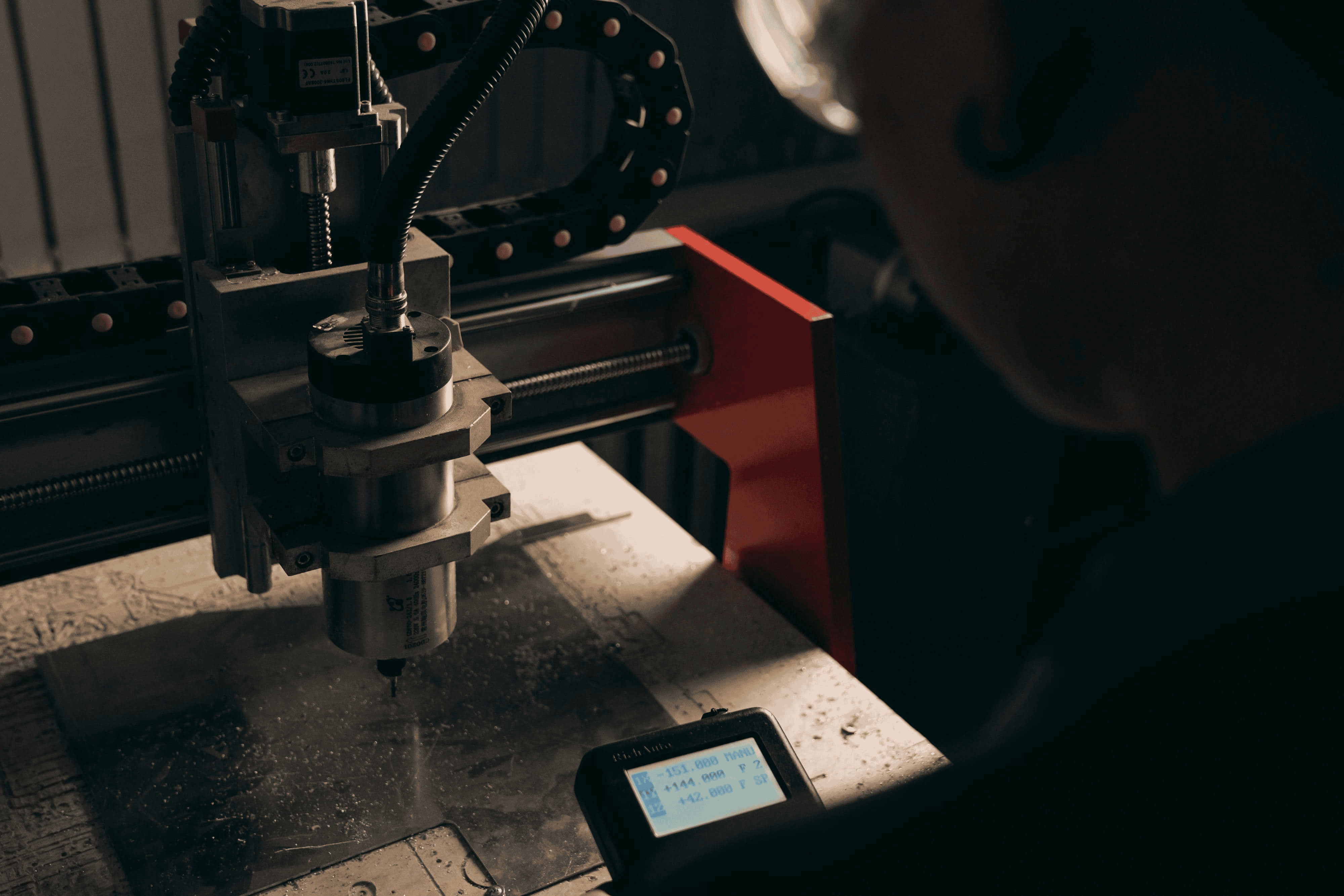Custom Fabrication

Sheet metal water jet cutting uses a focused stream of water at ultra high pressure, often mixed with abrasive, to slice metal with precision. Because the process is cold, it does not create a heat affected zone. That means mechanical properties in stainless, aluminum, or mild steel remain stable, and edges resist microcracking or heat tinting. For sheet metal fabrication where finish quality and dimensional stability matter, this method is a strong fit.
Sheet metal water jet cutting for custom metal parts manufacturing at OZK Customs in Fayetteville Arkansas
A pump pressurizes water, a mixing chamber adds garnet abrasive, and a sapphire or diamond orifice focuses the stream through a nozzle. The result is a thin kerf that can follow tight radii and intricate geometry. Operators manage standoff distance, speed, and abrasive flow to balance edge quality and throughput. Modern controllers compensate for taper, improving accuracy on thicker plate.
Key strengths of water jet metal cutting include cold precision and material versatility. Reflective alloys that challenge lasers cut cleanly. Laminated or composite stacks are possible because the jet does not spark or melt. Minimal fixturing keeps setup quick, which is useful in short runs or prototype cycles where design changes are frequent.
The path from CAD to part begins with a clean drawing. Flat patterns should define bend lines, reliefs, and hole sizes with tolerances noted per feature. Programmers nest parts to reduce scrap and set lead ins, lead outs, and micro tabs to keep parts secure during cutting. After cutting, parts move to secondary operations like deburring, forming, hardware insertion, welding, and surface finishing.
For custom metal parts manufacturing, consistency is as important as raw tolerance. Stable processes produce interchangeable parts that assemble without struggle. Documented run settings, material certs, and final inspections help keep the build repeatable.
Water jet stands out when heat would compromise the part or when material mix complicates laser or plasma. It shines on thicker stainless with clean edges, aluminum where burr control matters, and steel parts that need precise fit before welding. Because it is a cold process, coatings or laminates on the top surface often survive with careful setup.
Water jet does not replace every process. Lasers are very fast on thin sheet and can be more cost effective in high volume. Plasma offers speed for large structural parts where finish is less critical. The right choice depends on thickness, geometry, finish, and budget. Many shops combine methods to optimize cost and quality across a project.
If you need end to end support from cutting through final assembly, choose a team that understands forming allowances, weld sequencing, and finishing timelines. That ensures parts are not only accurate on the table but also fit and function in the real world. Explore our custom metal fabrication to see how integrated planning reduces rework and delays.
For specific capabilities and process planning, review our fabrication services. We select the best cutting approach for your part, including water jet through proven partners when cold precision is required and in house cutting when speed is the priority. The goal is a repeatable part that meets spec and timeline.
Curious about shop standards, communication, and delivery experience before you commit a design. Read why choose OZK Customs to understand how we manage quality, schedule, and handoff. Clear expectations and thorough documentation let you focus on your build rather than chasing revisions.
Your next part deserves a clear plan. Bring your print, discuss material, thickness, and finish, and we will recommend sheet metal water jet cutting or a complementary method to fit accuracy and budget. Our team in Fayetteville Arkansas turns CAD files into finished components, and we guide every step so parts arrive ready to install.
Bring your CAD file or sketches and we will translate them into finished, ready to install parts. From precise cutting to forming, welding, and coatings, our Fayetteville team manages every detail and timeline. Tell us what the part must do, and we will choose the right process, including water jet through trusted partners or in house cutting, to hit your spec and budget. Start your quote now.
ADDRESS:
6159 E Huntsville Rd, Fayetteville, AR 72701
PHONE:
(479) 326-9200
EMAIL:
info@ozkvans.com